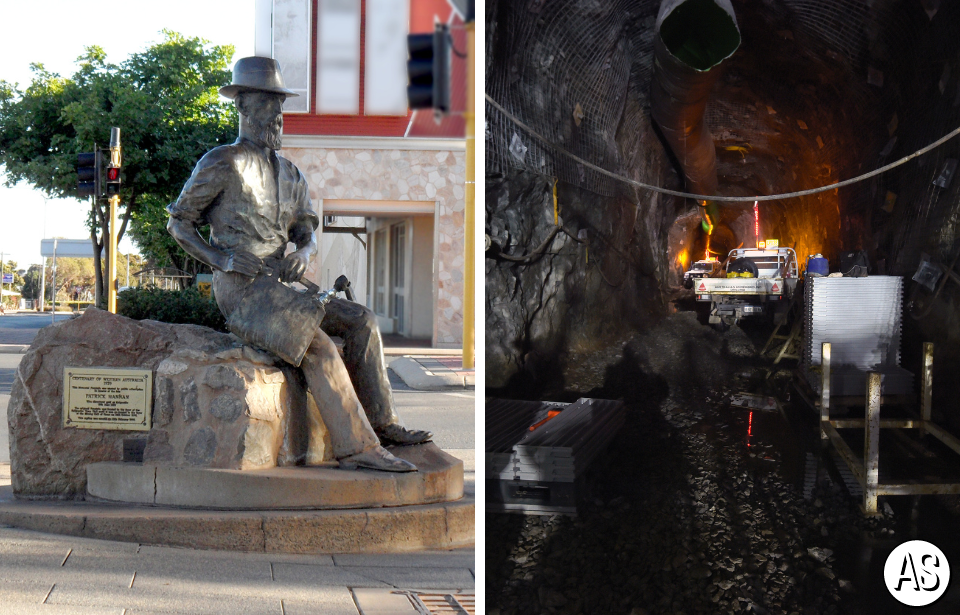A city paved with gold sounds like something from a fairytale, but that was the reality in the city of Kalgoorlie, Western Australia during the late 19th century. Miners trying to avoid being tricked by fool’s gold accidentally used real gold to build the city from the ground up. When it was realized that the precious metal was in the walls and roads of the city, a massive effort was made to extract every ounce of gold. However, it is believed that some gold still remains in these structures today.
There were a few rushes near the ‘Coolgardie Goldfields’
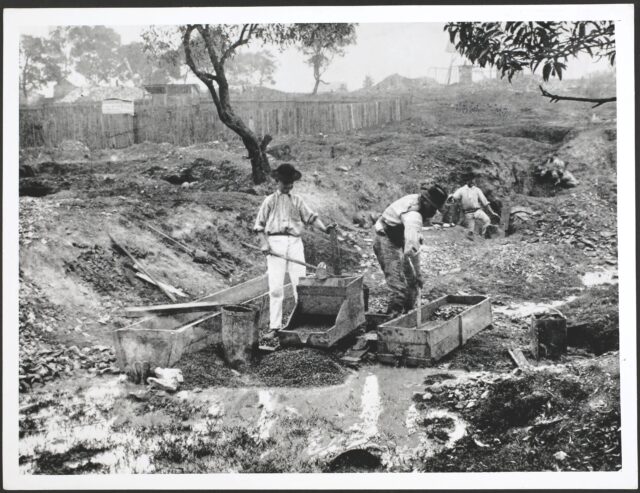
Before the Kalgoorlie rush, an 1892 gold rush occurred in the nearby Coolgardie region of Western Australia. Three Irish prospectors, Tom Flanagan, Patrick “Paddy” Hannan, and Dan O’Shea, decided to travel there with another group of prospectors to try their hand at gold mining. On their journey, they noticed something peculiar about the path they were traveling on.
A discovery was made in secret
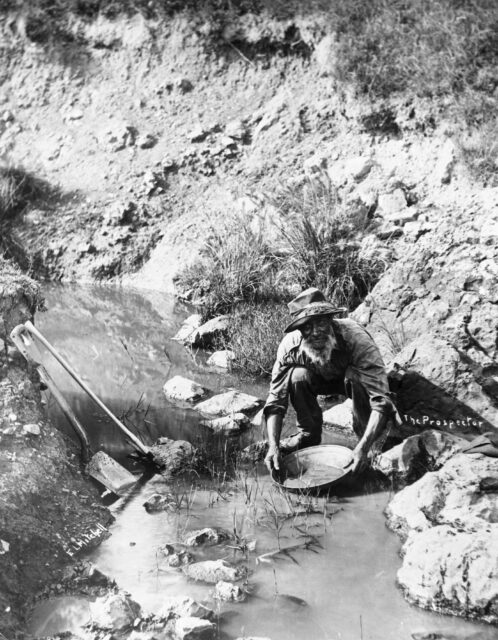
The three men had spotted the tell-tale signs of gold in the area and wanted to see for themselves if it were true. Instead of letting the other prospectors know of their potential discovery, they pretended one of their horses had escaped, giving them the excuse to hang back and look for it while the other group proceeded to their destination of Mount Yule.
They struck gold, literally
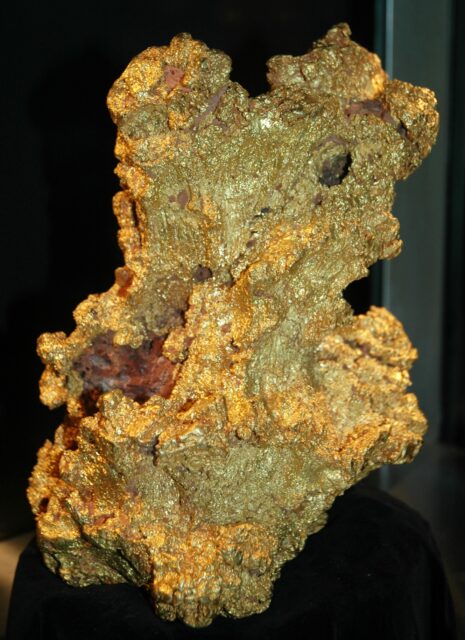
The three men began mining for gold and found great success. The area was littered with alluvial gold nuggets and no one knew about it but them. Their first haul landed them with a remarkable 100 ounces of gold, but their secret would soon be a secret no more. As per protocol, they had to register their mining claim in the nearby town of Coolgardie, basically announcing to the world that they had struck gold.
People began flocking to the area
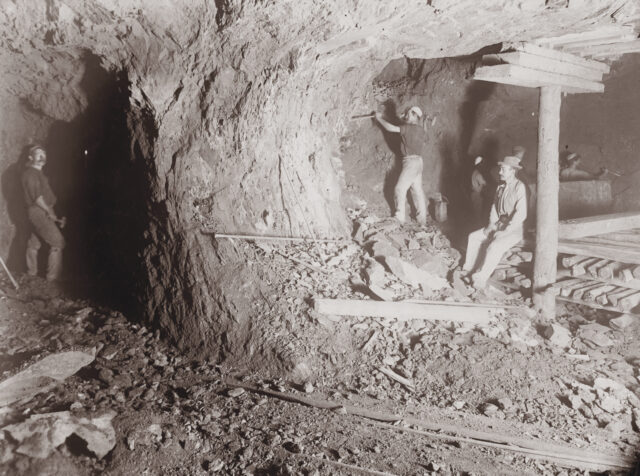
As you can imagine, news of the find spread quickly, both locally and internationally. Within three days, approximately 750 other prospectors arrived in the area, hoping to get their share of the riches. The gold rush occurred in Western Australia practically overnight. The population of Western Australia in 1891 was just under 50,000, but after news had spread of the wealth of gold in the area, it more than doubled, reaching over 100,000 by 1895.
The first residents had it rough
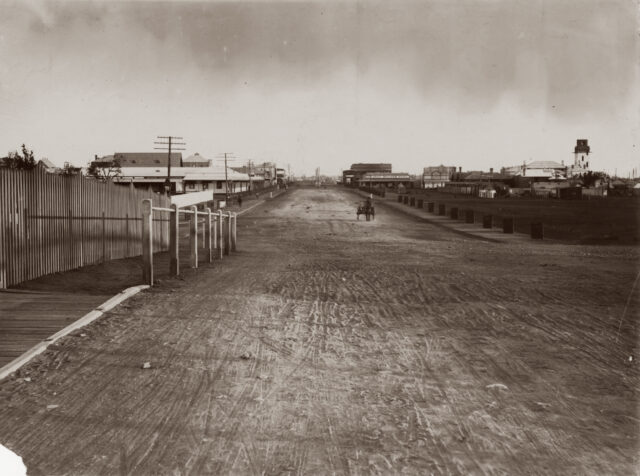
In the early years of the rush, men built shabby huts of canvas and iron so they could spend day and night searching for gold. This became a makeshift community, but the conditions were horrible. The area was extremely desolate and arid, making prolonged living difficult. Many men who traveled there died in their search for riches, succumbing to starvation, water deprivation, and disease.
A proper town sprang up in the area
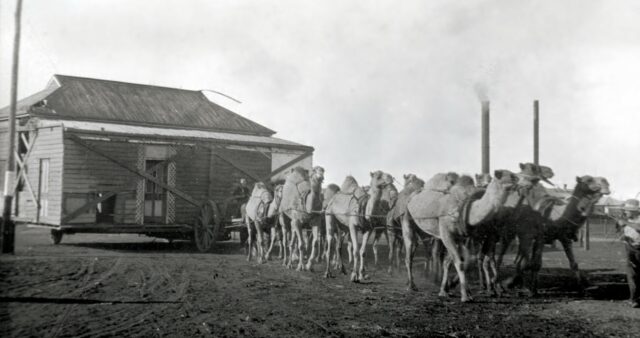
It didn’t take long for a settlement to be built near the gold deposits. Within a few years, several hotels and breweries were built that helped sustain the men digging for the precious metal. This little town was at first named Hannans, after the prospector who first identified gold in the region, but was later renamed Kalgoorlie. The addition of the Goldfields Water Supply pipeline made life much easier, as water become an accessible resource to the residents. This made Kalgoorlie even more attractive, promoting more people to take up residence there.
Gold deposits in different forms
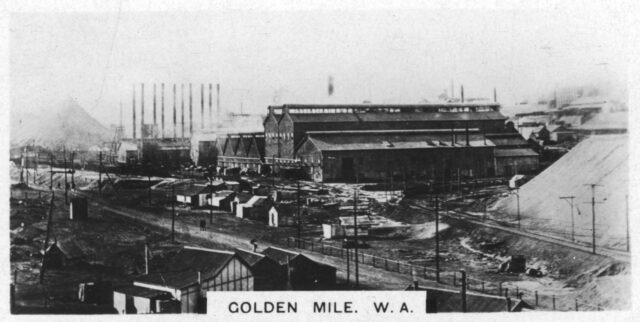
The gold deposit discovered around Kalgoorlie had earned the name the “Golden Mile,” as it was determined that it held an estimated 1,500 tons of gold. About 70 to 75 percent of this gold occurs as native gold, while five to 10 percent is ‘invisible’ gold found as minute particles or in crystal formations. The remaining 20 percent is tellurides, gold-bearing minerals.
Prospectors found what they believed was fool’s gold
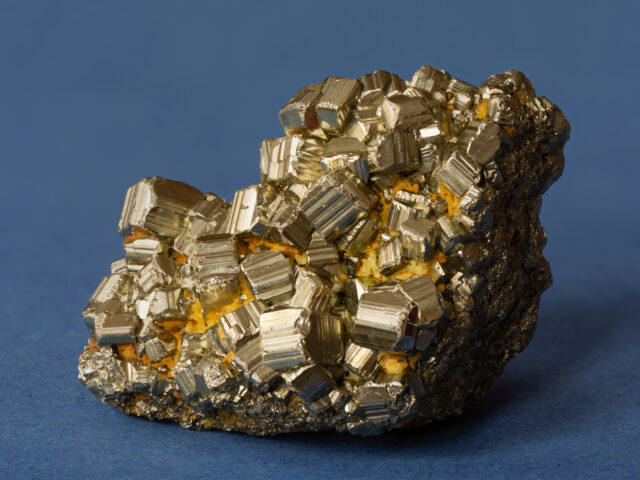
In the rush to find native gold, many miners also found another telluride mineral called calaverite. Calaverite is a gold-bearing telluride, but miners who extracted it from the ground believed it to be pyrite, better known as ‘fool’s gold’ due to its difference in appearance from native gold. As such, the miners discarded any calaverite they found, continuing their search for native gold instead.
The city was built with gold
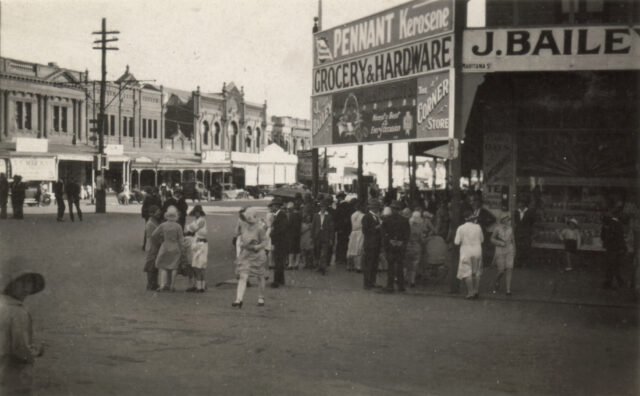
Men were so convinced that the calaverite was fool’s gold that they tried to make use of it as a resource in other ways, such as the town’s infrastructure. Buildings were built using calaverite. Everyone was unaware of the gold hidden within the mineral, so they unknowingly built the city of Kalgoorlie with gold. Even the walkways and roads were made from calaverite, meaning that the streets of Kalgoorlie were literally paved with gold.
Calaverite was identified as a gold-bearing mineral

For three years, people continued to build the city with calaverite. However, in 1896, someone made the distinction of calaverite from fool’s gold. Everyone realized they had been using the mineral in the construction of their town. This began an absolute frenzy to try and extract the gold contained in the buildings, roads, and walkways located all throughout the city.
There was a rush to get the gold back
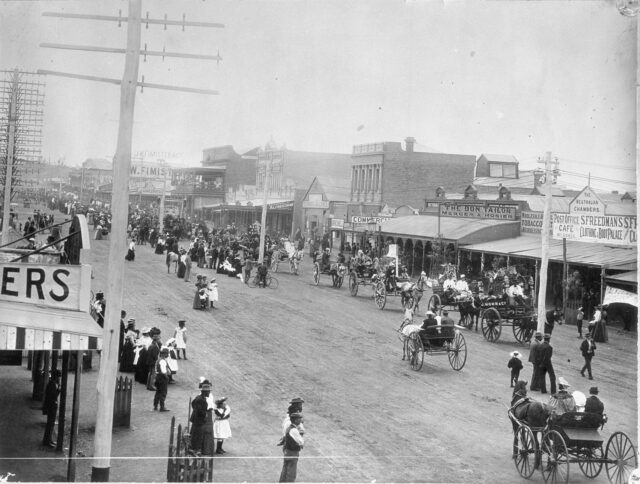
Trying to get the calaverite out of the city’s infrastructure in order to smelt it down and extract the gold was no easy task. Deconstructing buildings and roads was an arduous and costly endeavor, but gold is gold, so the people of Kalgoorlie took down every building and tore out every stone that had been made with calaverite. For about a decade after it was determined that calaverite wasn’t fool’s gold, nearly everything that was constructed between 1893 and 1896 had been destroyed and tilled for the valuable mineral.
Gold mining has remained a vital part of Western Australia
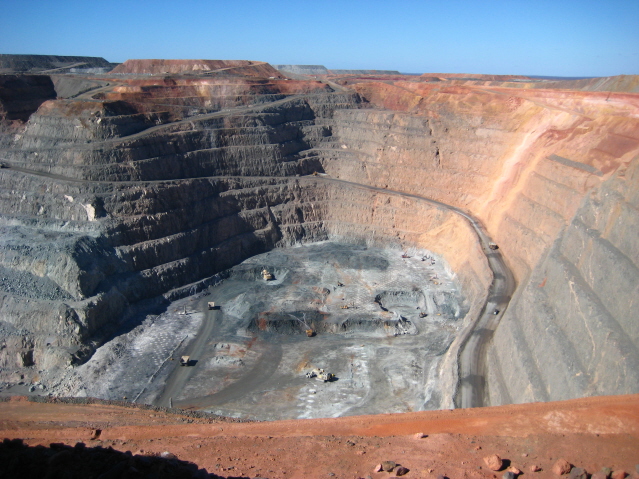
The Golden Mile wasn’t just prosperous back in the day. Even now, the gold deposits are actively mined. The largest open-pit gold mine in Australia is located there, called the Super Pit. In 2019, the company celebrated the pouring of its 50,000th gold bar, bringing the total amount of gold mined from the deposit over the last 120 years to a whopping 60 million ounces. And there’s still more to be found.
It wasn’t always smooth sailing for gold miners
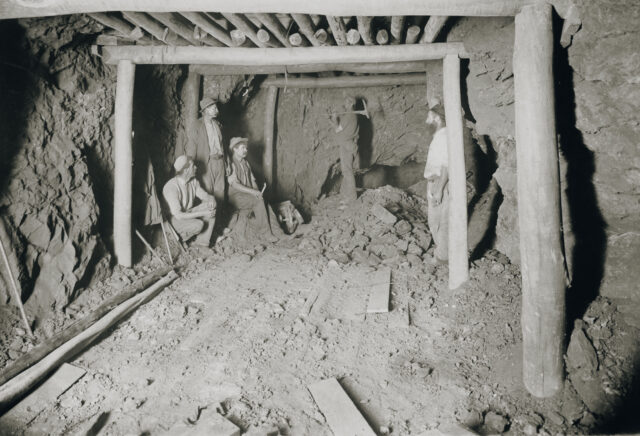
There were three instances when the Golden Mile was not as profitable for miners. The first came in the early 20th century, when extraction and processing costs had increased, leading to a general decline in the gold industry in Australia. The second came at the advent of the Second World War, when there was a labor shortage as men were sent to fight. The third came during the second half of the 20th century, when gold no longer held its title as the state’s leading mineral for production value. By 1970, it only made up two percent of the value of all mining in Australia.
Kalgoorlie warns visitors not to search for gold
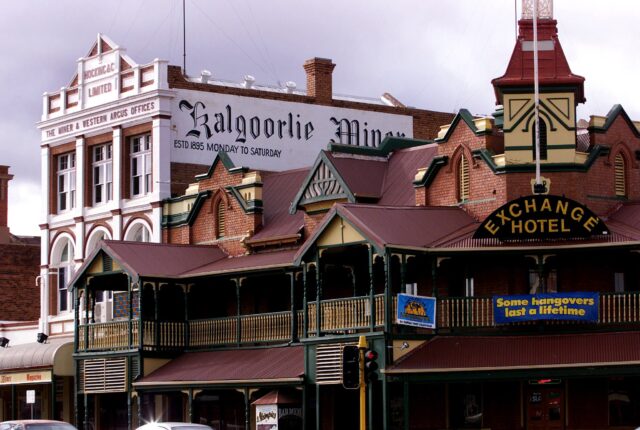
Today, people still try their hand at finding some gold for themselves in Kalgoorlie. However, the Kalgoorlie Consolidated Gold Mines have searched pretty much everywhere for it, making efforts futile for the rest of us. Some people have even tried to chip away at buildings and roads in Kalgoorlie, hoping to find calaverite within, but the city has made it illegal to do this. Anyone who damages city property in search of gold will have a hefty price to pay for it.
More from us: 7,000-Year-Old Road Discovered Off the Coast of Croatia
Although the rush for gold in Kalgoorlie is over now, the city will go down in history as the city accidentally built from gold.
